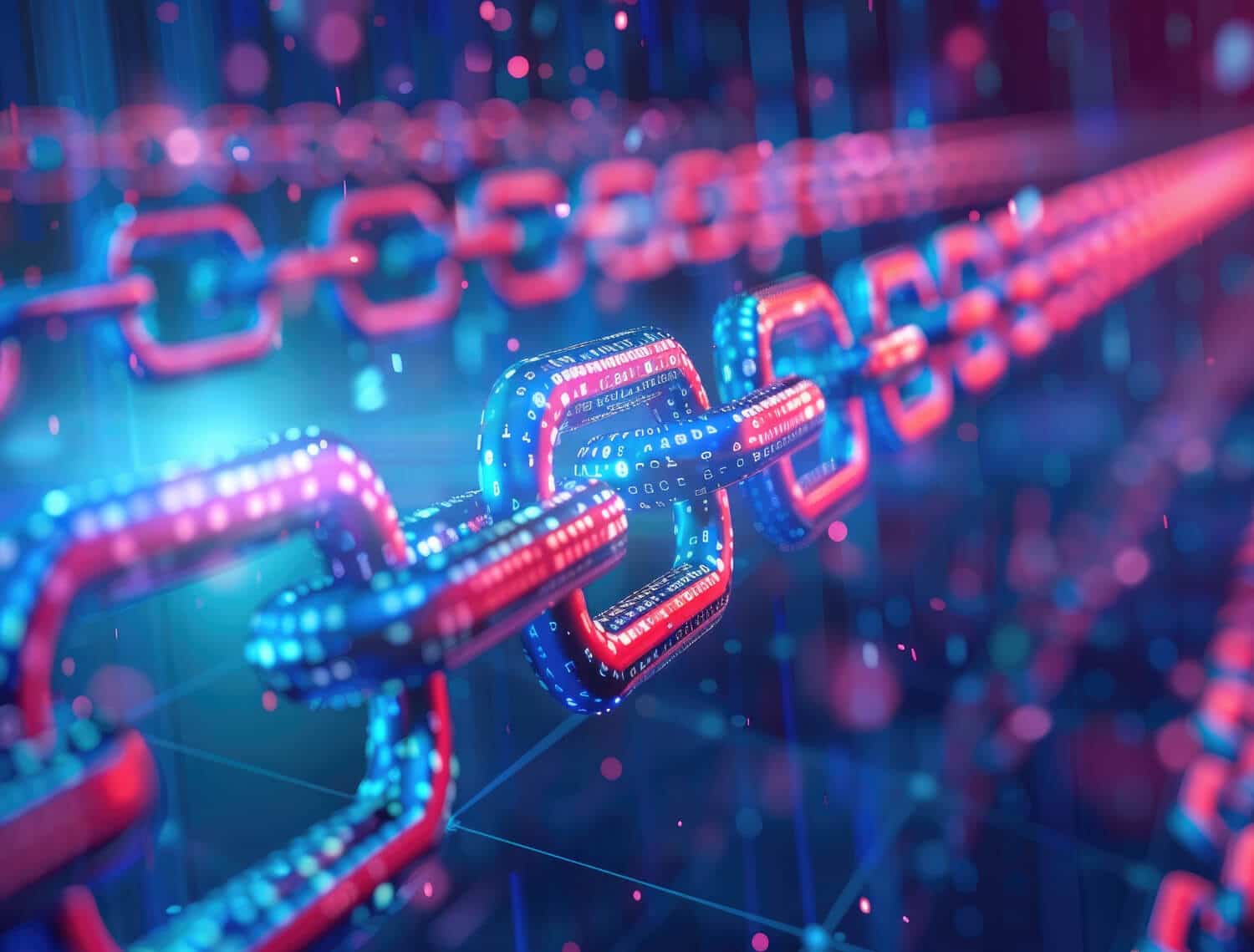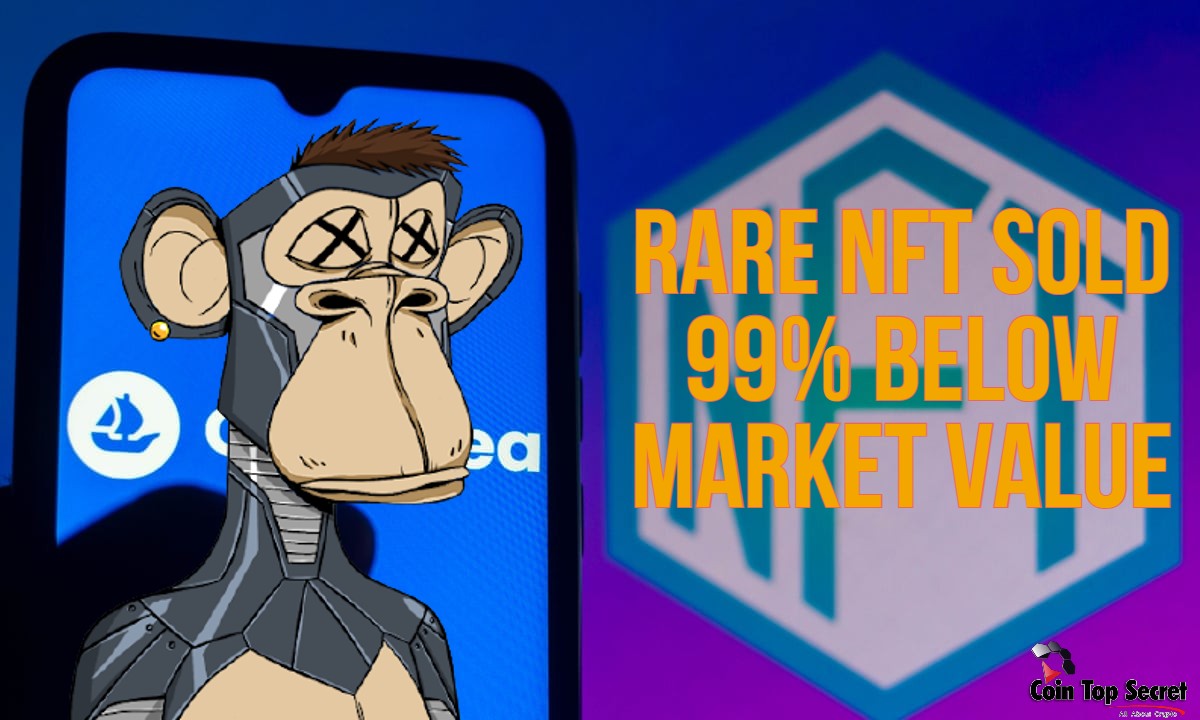The digital world is constantly evolving, and few technologies exemplify this dynamism as profoundly as Non-Fungible Tokens (NFTs). What began as a niche interest for digital art collectors has rapidly matured into a versatile technology impacting various industries. This comprehensive NFT guide will delve into what NFTs truly represent in 2025, moving beyond the initial hype to focus on their foundational utility and future potential.
At its heart, an NFT is a unique digital asset whose ownership is recorded on a blockchain. This means it cannot be replicated or substituted, ensuring its scarcity and authenticity in the digital realm. Unlike traditional cryptocurrencies like Bitcoin or Ethereum, which are fungible (meaning any one unit is identical to another), each NFT possesses distinct properties and value.
The underlying technology empowering NFTs is the blockchain, a decentralized and immutable ledger. Smart contracts, self-executing contracts with the terms of the agreement directly written into code, govern the creation, transfer, and verification of NFTs. This technological framework provides transparency and trust, fundamental elements often missing in traditional digital asset ownership.
While initial perceptions often linked NFTs exclusively to digital art and collectibles, 2025 reveals a far broader landscape. We’ve seen a significant shift from speculative trading to a focus on utility and real-world applications. This essential NFT guide aims to illuminate these expanded uses and help you understand their implications.
More Than Just Art: The Expanding Utility of NFTs
The narrative around NFTs has matured considerably, moving past the early days of expensive profile picture projects. In 2025, the true value of NFTs is increasingly found in their functional utility and integration into diverse ecosystems. They are no longer just static digital images but dynamic tools for ownership, access, and engagement.
One of the most impactful areas is gaming, where NFTs represent in-game assets, characters, or virtual land. Players can truly own these items, trade them on open marketplaces, and even transfer them between different games, fostering vibrant player-owned economies. This shift empowers gamers, allowing them to monetize their time and effort spent in virtual worlds.
Digital identity and access management are other burgeoning fields for NFTs. NFTs can serve as verifiable digital passports, granting access to exclusive communities, events, or online services. This move toward self-sovereign identity enhances privacy and control for individuals over their personal data. Imagine an NFT proving your attendance at a concert, which then grants you exclusive access to artist content.
Ticketing, both for physical and virtual events, is also being revolutionized by NFTs. NFT tickets can prevent counterfeiting, offer enhanced security, and even provide post-event benefits to attendees. Similarly, fractionalized NFTs are enabling collective ownership of high-value assets like real estate or fine art, democratizing investment opportunities previously inaccessible to many. This comprehensive NFT guide explores these diverse applications in detail.
Navigating the NFT Market: A Comprehensive NFT Guide for Buyers and Sellers
Entering the NFT market can feel overwhelming due to its rapid pace and complex terminology. However, with a strategic approach and a clear understanding of best practices, both buyers and sellers can thrive. This section provides a comprehensive NFT guide, offering actionable advice for making informed decisions and protecting your digital assets.
For buyers, the first step is thorough research. Don’t just follow the hype; delve into the project’s whitepaper, roadmap, and the team behind it. Evaluate the utility of the NFT – does it offer access, passive income, gaming benefits, or simply aesthetic appeal? A strong community and active development signal a project’s potential longevity.
Consider whether to participate in a primary sale (minting) or purchase on the secondary market. Minting can offer lower entry prices but comes with higher risk, as the project’s value is unproven. The secondary market allows you to acquire established NFTs, but often at a higher price point. Always factor in gas fees, which can significantly impact the total cost of your transaction.
Wallet security is paramount. Use a reputable non-custodial wallet like MetaMask or Phantom and never share your seed phrase. Be wary of phishing scams, suspicious links, and unsolicited offers. Enable two-factor authentication wherever possible and consider a hardware wallet for significant holdings. This part of our essential NFT guide cannot stress security enough.
Key NFT Marketplaces for 2025
The choice of an NFT marketplace significantly impacts your buying and selling experience. Each platform offers unique features, supports different blockchains, and caters to specific types of NFTs. Understanding these distinctions is crucial for effective engagement in the NFT ecosystem.
Centralized marketplaces often provide a user-friendly experience with integrated tools for discovery and transaction. Decentralized platforms, conversely, offer greater control and often lower fees, but might require more technical proficiency. The market has seen a consolidation and specialization of platforms in 2025.
Here’s a comparison of some leading NFT marketplaces:
Comparison of Top NFT Marketplaces for 2025
| Marketplace | Primary Blockchain(s) | Pros | Cons | Best For |
|---|---|---|---|---|
| OpenSea | Ethereum, Polygon, Solana, Arbitrum | Largest volume, wide variety of NFTs, cross-chain support | Higher gas fees on Ethereum, occasional UI bugs | Beginners and general collectors/creators |
| Magic Eden | Solana, Ethereum, Polygon | Low fees on Solana, robust launchpad, gaming focus | Less brand recognition than OpenSea, primarily Solana-centric | Solana users, gaming NFTs, new project launches |
| Rarible | Ethereum, Flow, Tezos, Polygon | Community-governed, multi-chain, robust creator tools | Smaller user base than OpenSea, can be slower | Artists seeking royalty control, curated collections |
| Foundation | Ethereum | Highly curated, invite-only, focus on high-quality art | Exclusive, harder to get listed, higher price points | High-end digital art collectors and established artists |
Understanding Gas Fees and Network Choices
Gas fees are the transaction costs paid to miners or validators on a blockchain network. They fluctuate based on network congestion and the complexity of your transaction. High gas fees, especially on Ethereum during peak times, can significantly add to the cost of minting or trading NFTs.
To mitigate high gas costs, consider exploring NFTs on alternative blockchains. Solana, Polygon, and Arbitrum offer significantly lower transaction fees and faster speeds, making them attractive for smaller transactions or high-volume activities like gaming. However, ensure your chosen wallet and marketplace support the network you intend to use. This comprehensive NFT guide encourages users to diversify their network usage.
Polygon, as an Ethereum Layer 2 solution, offers excellent compatibility with Ethereum-based dApps while drastically reducing fees. Solana provides a high-performance, low-cost alternative. Arbitrum is another popular Layer 2 scaling solution for Ethereum, gaining traction for its efficiency. Understanding these options is vital for cost-effective participation in the NFT space.
Creating Your Own NFTs: A Practical NFT Guide for Artists and Innovators
The ability to tokenize your creations and establish verifiable digital ownership is a transformative aspect of NFTs. For artists, musicians, writers, and innovators, creating an NFT opens up new revenue streams, direct engagement with collectors, and global reach. This practical NFT guide walks you through the essential steps to mint your own Non-Fungible Tokens successfully.
Before you begin, clearly define what you want to tokenize. This could be a piece of digital art, a song, a short film, a photograph, or even a unique piece of code. Consider the narrative and utility of your NFT – what value does it offer to potential collectors? A strong concept makes your NFT more appealing in a crowded market.
Next, you’ll need to choose a blockchain. Ethereum remains the most popular for high-value art and collectibles, offering robust security and a vast ecosystem. However, newer chains like Solana, Polygon, Tezos, or Flow provide lower transaction fees and faster processing times, which can be advantageous for new creators or projects with high volume. Your choice will influence your wallet selection and marketplace options.
Once your blockchain is chosen, select a minting platform. Platforms like OpenSea Studio, Rarible, Manifold, or even specialized art platforms like Foundation (often invite-only) offer tools to upload your file, add metadata, set royalties, and mint your NFT. Carefully review the platform’s terms, fees, and supported file types. This essential NFT guide recommends thoroughly researching each platform before committing.
Community Building and Marketing Your Project
Creating a compelling NFT is only half the battle; successfully launching and sustaining it requires effective community building and marketing. In the decentralized world of Web3, community is paramount, and it often dictates the long-term success of an NFT project. Engaging your audience is not just about sales; it’s about fostering a loyal following.
Start by establishing a strong online presence on platforms where your target audience congregates. Discord and Twitter are often central to NFT communities, providing spaces for real-time interaction, updates, and discussions. Telegram and Reddit can also be effective, depending on your niche. Be authentic and transparent in your communication.
Regularly share updates about your project’s development, roadmap milestones, and any unique features or utilities your NFTs offer. Engage with questions, host AMAs (Ask Me Anything sessions), and provide value to your community members. Incentivize early supporters through exclusive drops, whitelist opportunities, or special perks. A thriving community provides organic growth and advocacy.
Consider collaborating with other artists, projects, or influencers in the NFT space. Cross-promotion can significantly expand your reach to new audiences. Participate in virtual events, digital art galleries, and online forums to showcase your work. Remember, building a successful NFT project is a marathon, not a sprint. Consistent effort in marketing and community engagement is crucial.
Emerging Trends and What to Expect in the NFT Space by 2025
The NFT landscape is characterized by its rapid evolution, with new trends and technological advancements constantly reshaping the market. As we look towards 2025, several key areas are poised for significant growth and innovation. Staying abreast of these developments is crucial for anyone looking to navigate this dynamic space. This essential NFT guide highlights the trends to watch.
One major trend is the rise of AI-generated NFTs. Artificial intelligence is increasingly being used to create unique digital art, music, and even entire virtual worlds. AI tools can help artists generate novel concepts, augment their creative process, or even create generative collections from scratch. The integration of AI blurs the lines between human and machine creativity, opening up fascinating new possibilities for NFT aesthetics and utility.
Fractionalized NFTs are gaining traction, allowing multiple individuals to collectively own a single, high-value NFT. This mechanism lowers the barrier to entry for expensive assets, making investment in blue-chip NFTs more accessible. It also introduces liquidity to illiquid assets, creating new financial instruments and investment opportunities. This innovation democratizes ownership and expands the potential investor base.
The concept of “phygital” assets—a blend of physical and digital—is also set to proliferate. These NFTs provide verifiable digital ownership for physical items, or unlock exclusive physical experiences based on digital ownership. Imagine an NFT that grants you ownership of a rare sneaker, along with its digital twin in a metaverse. This fusion bridges the gap between the tangible and intangible worlds.
Regulatory Landscape and Legal Considerations
As the NFT market matures, so does the attention from regulators and legal bodies worldwide. The lack of clear, uniform regulations has been a significant challenge, but 2025 is expected to bring increased clarity and frameworks. Understanding the evolving legal landscape is paramount for creators, collectors, and platforms alike.
Jurisdictions are grappling with how to classify NFTs – are they commodities, securities, or unique digital assets? This classification has profound implications for taxation, consumer protection, and anti-money laundering (AML) regulations. Creators need to be aware of potential tax liabilities on sales and royalties, and collectors on capital gains.
Intellectual property (IP) rights surrounding NFTs are another complex area. While buying an NFT typically grants ownership of the token, it doesn’t always transfer full copyright or commercial rights to the underlying asset. Smart contracts can specify these rights, but often broad interpretations exist. It’s crucial for creators to clearly define the rights transferred and for buyers to understand what they are purchasing.
Interoperability and Cross-Chain NFTs
The future of NFTs is inherently multi-chain and interoperable. Currently, many NFTs are siloed on specific blockchains, limiting their utility and reach. However, significant efforts are underway to enable seamless movement and interaction of NFTs across different networks.
Cross-chain bridges and interoperability protocols are key to this evolution. These technologies allow NFTs to be transferred or ‘wrapped’ between blockchains, unlocking new use cases and expanding market liquidity. Imagine being able to use an NFT from an Ethereum-based game in a Solana-powered metaverse. This cross-pollination will foster a more unified and expansive digital economy.
The development of standardized NFT protocols and improved wallet infrastructure will further facilitate interoperability. This will reduce friction for users and allow creators to reach broader audiences without being constrained by a single blockchain’s limitations. A truly interconnected NFT ecosystem will unlock unprecedented innovation and collaboration.
Risk Management and Sustainable NFT Investment Strategies
While the NFT market offers exciting opportunities, it also carries significant risks. Like any emerging asset class, NFTs are subject to high volatility, market sentiment shifts, and potential scams. Developing a robust risk management strategy and adopting sustainable investment principles is essential for long-term success. This is a critical section of our essential NFT guide.
The volatility of the NFT market cannot be overstated. Prices can surge and plummet dramatically within short periods, driven by hype, celebrity endorsements, or sudden shifts in utility and interest. Never invest more than you can afford to lose, and be prepared for substantial price fluctuations. Emotional decision-making often leads to poor outcomes.
Due diligence is your most powerful tool against scams and fraudulent projects. Always verify the authenticity of a project, the legitimacy of the team, and the clarity of the smart contract before investing. Check social media activity, community engagement, and reputable news sources. If something seems too good to be true, it likely is. Beware of rug pulls, where project developers abandon a project after raising funds.
Consider your investment horizon. Are you looking for short-term gains from speculative flips, or are you aiming for long-term value from projects with strong fundamentals and utility? A long-term perspective often involves identifying projects with genuine innovation, a dedicated community, and clear value proposition beyond immediate hype.
Portfolio diversification is also important, even within the NFT space. Instead of putting all your resources into one project, spread your investments across different categories (art, gaming, utility), different blockchains, and varying risk profiles. This approach can help mitigate losses if one particular segment of the market experiences a downturn.
The NFT landscape in 2025 is more mature, diverse, and filled with tangible utility than ever before. From empowering creators to revolutionizing ownership in virtual and physical spaces, NFTs are proving to be a foundational technology for Web3. By understanding the core concepts, navigating the markets wisely, embracing emerging trends, and managing risks, you can confidently participate in this exciting digital frontier. This comprehensive NFT guide has equipped you with the knowledge to make informed decisions and explore the vast potential that lies beyond the hype. For more insights or collaboration opportunities, visit www.agentcircle.ai.
As the digital frontier continues its rapid expansion, staying informed is paramount. Coin Top Secret remains your trusted compass, guiding you through the intricate world of cryptocurrency, from the foundational principles of Blockchain to the latest trends in NFT and the enduring power of Bitcoin and Ethereum. Dive deeper into our resources to Learn Crypto, explore diverse Invest & Mining opportunities, and master the nuances of this revolutionary financial landscape. The journey ahead promises unprecedented innovation, and with Coin Top Secret, you’ll always be one step ahead.
Frequently Asked Questions (FAQ)
What is the primary difference between a fungible and a non-fungible token?
A fungible token, like Bitcoin or a traditional dollar, is interchangeable with any other unit of the same token; they all have identical value. A non-fungible token (NFT) is unique and cannot be replaced by another identical token, as each NFT has distinct characteristics and value, similar to a unique piece of art or a specific property deed.
How do NFTs prove ownership of a digital asset?
NFTs prove ownership by recording the transaction and the unique token’s ID on a blockchain, a public and immutable ledger. This record serves as a verifiable certificate of authenticity and ownership, making it transparent who owns a specific digital asset at any given time.
What are gas fees in the context of NFTs, and why are they important?
Gas fees are transaction costs on a blockchain network, paid to validators for processing and securing transactions. They are important because they can significantly add to the cost of minting, buying, or selling NFTs, especially on busy networks like Ethereum. Understanding and managing gas fees is crucial for cost-effective participation in the NFT market.
Can I lose my NFTs?
Yes, NFTs can be lost if your digital wallet is compromised, if you fall victim to a phishing scam and authorize a malicious transaction, or if you lose access to your wallet’s seed phrase. It’s crucial to practice strong security habits, including using secure wallets and never sharing your seed phrase.
What does “utility” mean for an NFT?
Utility for an NFT refers to the practical benefits or functions it provides beyond just being a collectible. This can include access to exclusive communities, in-game assets, voting rights in a DAO, discounts on products, real-world event tickets, or even fractional ownership of physical assets.
Is it possible to create an NFT for free?
Some platforms offer “lazy minting” options, which allow creators to list an NFT without paying gas fees upfront. The gas fee is then paid by the buyer at the time of purchase. While the creator doesn’t pay for the initial mint, there are often platform fees or royalties involved once the NFT sells.
References and Further Reading
- Ethereum.org – Non-Fungible Tokens (NFTs) Explained
- Forbes Advisor – What Are NFTs?
- Binance Academy – What Are NFTs?
- CoinDesk – What Is an NFT?
- OpenSea Blog – Latest NFT Trends and Insights



